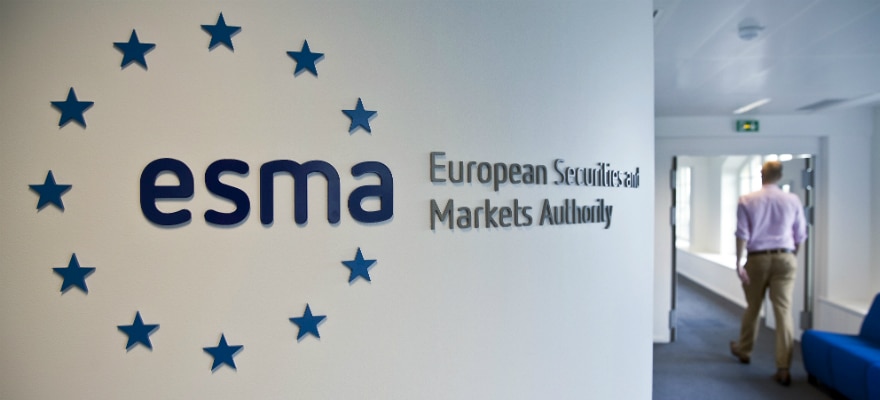This Wednesday the European Securities and Markets Authority (ESMA), a European regulator, released its first annual report detailing the supervisory measures carried out by national competent authorities (NCAs) under the European Market Infrastructure Regulation (EMIR).
As with almost every document ever released by ESMA, today’s report is filled with a plethora of acronyms and nebulous language. In essence, the report details what steps NCAs (i.e., regulatory bodies) have taken to ensure firms comply with reporting obligations, , regarding over-the-counter (OTC) derivatives contracts.
Launched in 2014, EMIR’s reporting standards require that both counterparties opening an OTC derivatives contract report the trade. This must be done even if one of the counterparties is not covered by EMIR.
All reports must be given to a registered trade repository (TR). A number of firms, who will be familiar to the industry layman, have . These include, but are not limited to, Bloomberg, CME, and NEX.
On top of these reporting obligations, financial firms must clear any derivative contract in which they are a counterparty through a central clearing counterparty (CCP). As with TRs, a number of well-known firms, such as Nasdaq and Euronext, have to help firms meet clearing obligations.
Unanimity or no unanimity?
Keeping all of this in mind, today’s report details how NCAs have managed to ensure firms meet reporting standards and clearing obligations.
With regard to reporting standards, ESMA found a high level of unanimity in the approach NCAs take to ensure compliance. The European regulator noted that 92 percent of NCAs used data taken from TRs to ensure firms were meeting their regulatory reporting obligations.
TRs were less useful, but still widely used, for ensuring firms met their clearing obligations. ESMA noted that 72 percent of NCAs used TR data to ensure firms were clearing their OTC derivatives contracts appropriately.
What of the remaining firms that didn’t use TRs as a means of testing compliance for one or both parts of the regulation? It seems that they went straight to the firms themselves.
In fact, NCAs appear to have used both TR data and information taken directly from firms. Of the NCAs that submitted data, 76 percent of them used data taken directly from firms to ensure compliance for both clearing and reporting regulatory requirements.
Disparate fines
ESMA did outline one area of concern in its report – fines and sanctions. It noted that there was no unanimity in the application of fines across the various jurisdictions it covers.
For example, today’s report states that NCAs are willing to apply fines that range in size from €125 ($147) to €100 million (€117.57 million). The European regulator further stated that only seven of the thirty-one jurisdictions covered would be willing to apply criminal sanctions to firms that did not meet EMIR’s standards.
Today’s report also noted that sanctions have only been applied on three occasions, reflecting either a high level of adherence or, less likely, poor levels of supervision. The Italian Commissione di Vigilanza sui Fondi Pensione has issued two fines, one of €105,000 ($123,550) and another of €60,000 euros ($70,600).
The other, and more famous of the three fines came in October of 2017 when the UK’s Financial Conduct Authority (FCA) , a wealth management firm. The FCA stated that Merrill Lynch had failed to meet EMIR’s reporting standards and fined the firm £34.5 million ($46.02 million).





Be First to Comment